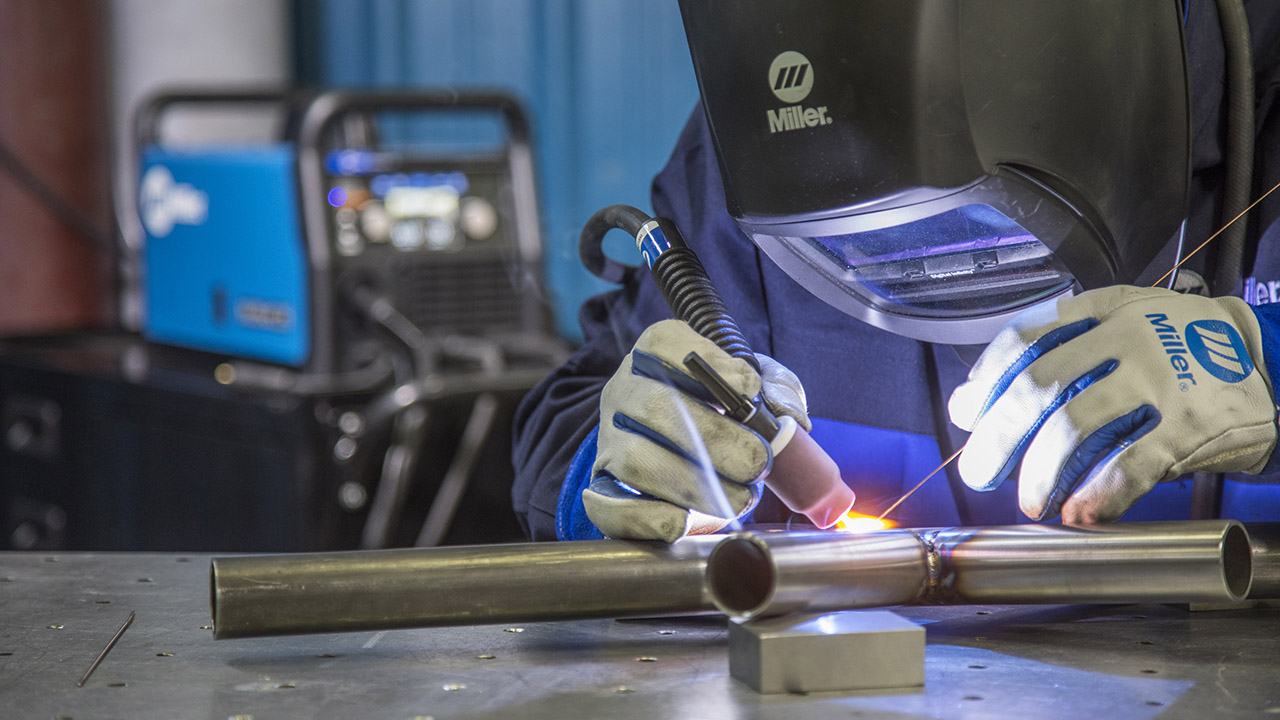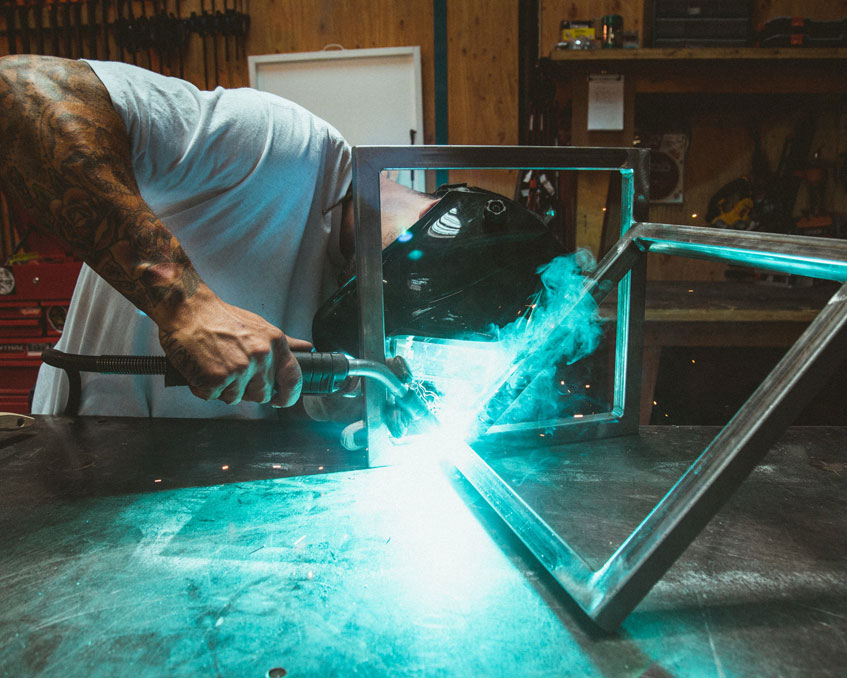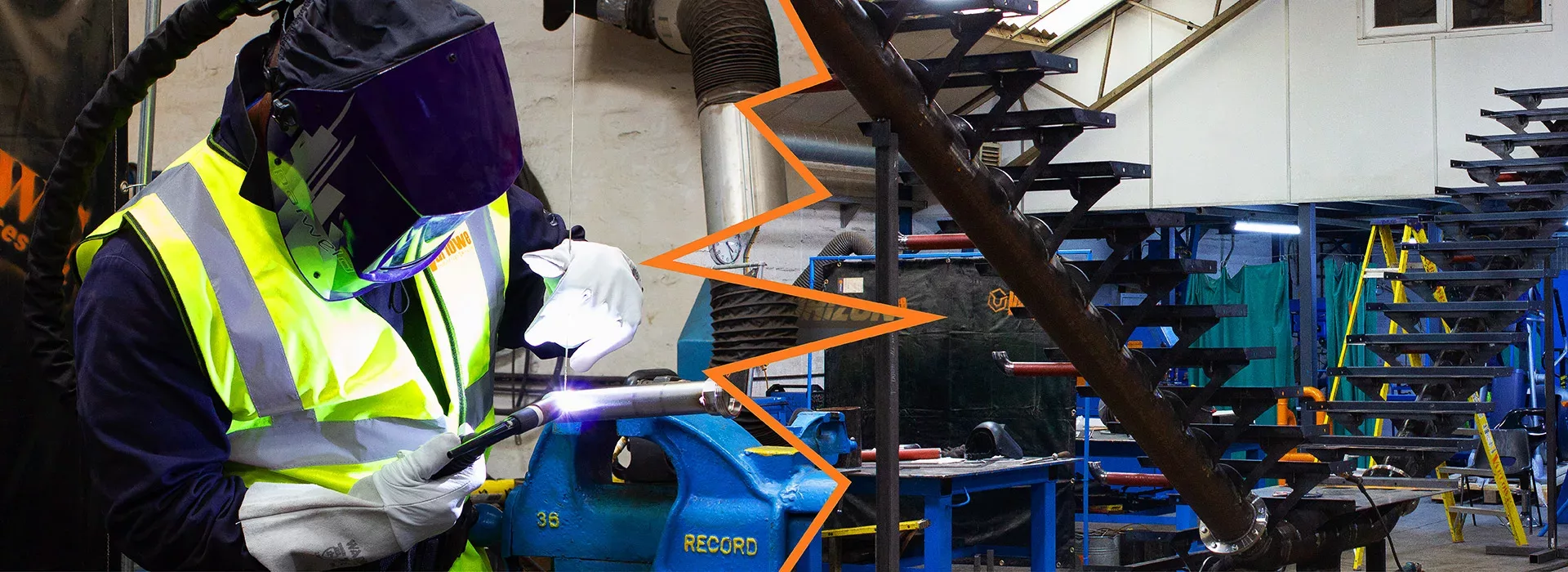Typical Welding Repair Issues and Exactly How to Address Them Effectively
Welding repair work frequently run into a series of problems that can threaten the stability of the end product. Common troubles consist of poor penetration, porosity, and misalignment, to name a few. Each issue presents unique challenges that require particular techniques for resolution. Comprehending these problems is essential for welders intending to enhance their abilities and results. This conversation will certainly check out these common welding repair service issues and effective techniques to address them.
Poor Infiltration
Insufficient infiltration happens when the weld metal falls short to totally fuse with the base product, leading to weak joints and prospective structural failings. This problem usually originates from insufficient heat input, inaccurate electrode angle, or inappropriate welding rate. Welders might experience poor penetration because of a miscalculation of the necessary criteria for a particular product density or type. In addition, contamination on the base product's surface can impede reliable bonding, intensifying the problem. To attend to inadequate penetration, welders should assure ideal settings on their tools and preserve a tidy job surface area. Routine assessment of welds is advised to identify any shortages early, enabling prompt corrections and the prevention of jeopardized architectural honesty in welded settings up.
Porosity
Porosity is a typical defect in welded joints that shows up as little gas bubbles caught within the weld steel. This flaw can compromise the honesty of the weld, leading to minimized stamina and prospective failing under stress and anxiety. Montana Mobile Welding and Repair Fabrication. Porosity generally arises from contamination, moisture, or inappropriate welding methods, which permit gases to leave right into the liquified weld pool. To address porosity, welders should guarantee proper surface preparation, maintain a tidy working environment, and utilize ideal welding criteria. Additionally, selecting the ideal filler product and securing gas can alleviate gas entrapment. Normal assessment and screening of welds can assist recognize porosity early, assuring prompt corrective actions are taken, consequently maintaining the top quality and integrity of the welded structure
Imbalance
Misalignment in welding can occur from different elements, consisting of incorrect setup and thermal development. Recognizing the source is necessary for reliable resolution. Numerous improvement strategies are readily available to realign elements and assure structural stability.
Reasons for Imbalance
Welding imbalance usually stems from a variety of underlying issues that can jeopardize architectural honesty. One key cause is improper fit-up of parts before welding, which can bring about gaps and unequal surface areas. Variations in thermal development during the welding process can also cause distortion, specifically if the materials being signed up with have different coefficients of development. Furthermore, insufficient clamping and fixturing may fall short to hold parts securely in place, bring about movement throughout welding. Improperly maintained devices, including welding makers and devices, might introduce disparities in the weld bead, further adding to imbalance. Driver error, stemming from insufficient training or experience, can also play a considerable function in developing misaligned welds.

Improvement Methods Available
Attending to misalignment properly needs a mix of restorative techniques tailored to the certain problems handy. One usual approach is making use of jigs or components to hold components in the right placement throughout welding, making sure consistent placement. Additionally, pre-heating the materials can help in reducing distortion and improve fit-up. For considerable misalignment, mechanical realignment techniques, such as making use of hydraulic jacks or clamps, can be employed to correct the setting before welding. Post-weld warmth therapy might additionally be essential to eliminate tensions triggered by misalignment. Ultimately, mindful examination and modification during the arrangement phase can prevent misalignment problems from coming to be considerable issues, promoting a smoother welding process and boosting overall structural stability.
Distortion
Distortion is a common obstacle in welding that can arise from numerous variables, consisting of uneven cooling and heating. Comprehending the sources of distortion is vital for applying efficient avoidance methods. Resolving this issue not only improves structural honesty however also improves the total high quality of the weld.
Reasons for Distortion
When based on the intense heat of welding, materials frequently go through changes that can result in distortion. This phenomenon primarily arises from thermal growth and tightening during the welding procedure. As the weld area warms up, the material expands; upon air conditioning, it contracts, which can create interior stresses. Additionally, uneven home heating across a workpiece can worsen these anxieties, leading to bending or flexing. The sort of material likewise plays a significant role; steels with differing thermal conductivity and coefficients of expansion may react differently, resulting in unforeseeable distortions. Bad joint style and poor fixturing can contribute to imbalance throughout welding, raising the chance of distortion. Understanding these reasons is essential for effective welding fixing and avoidance techniques.
Avoidance Techniques
Effective avoidance methods for distortion during welding emphasis on controlling warm input and guaranteeing proper joint design. Maintaining a constant heat input aids to lessen thermal expansion in 1 welder plasma cutter and tightening, which can cause distortion. Making use of methods such as preheating the work surface can also reduce the temperature level gradient, promoting uniform heating. Furthermore, picking ideal joint layouts, such as T-joints or lap joints, can boost stability and minimize stress and anxiety focus. Executing appropriate fixturing to protect the workpieces in location further help in keeping placement during the welding process. Ultimately, staggered welding sequences can distribute heat a lot more uniformly, protecting against local distortion. By using these techniques, welders can significantly reduce the likelihood of distortion and boost the general top quality of their welds.
Breaking
Breaking is an usual concern run into in welding repair work, commonly arising from numerous elements such as inappropriate cooling prices, product selection, or inadequate joint preparation. The occurrence of cracks can greatly endanger the stability of the weld, bring about possible failings during operation. To address this issue, welders need to initially assess the origin, making certain that products work and properly picked for the specific application. Additionally, controlling the cooling rate throughout the welding procedure is crucial; fast cooling can induce anxiety and cause cracking. Proper joint design and prep work also contribute to lessening the threat. Applying these approaches can enhance weld quality and toughness, inevitably lowering the probability of cracking in completed weldments.

Incomplete Combination
A substantial concern in learn the facts here now welding fixings is incomplete combination, which occurs when the weld steel does not effectively bond with the base material or previous weld passes - Montana Mobile Welding and Repair Fabrication. This flaw can cause weaknesses in the joint, possibly endangering the stability of the bonded structure. Elements contributing to insufficient combination consist of inadequate warmth input, inappropriate welding method, and contamination of the surface areas being signed up with. To address this problem properly, welders must ensure correct pre-weld cleaning and surface prep work, in addition to change their welding parameters to attain ample penetration and fusion. Normal examination throughout the welding procedure can also help recognize incomplete combination early, enabling timely restorative measures to improve the overall quality of the weld
Overheating
While welding repair services can boost architectural honesty, overheating offers a considerable difficulty that can result in product degradation. Excessive warm throughout welding can modify the mechanical homes of steels, leading to reduced stamina, raised brittleness, and warping. This phenomenon is particularly vital in high-stress applications where architectural dependability is extremely important. Identifying overheating can include aesthetic examinations for discoloration or distortion, as well as monitoring temperature level during the welding process. To mitigate the dangers related to getting too hot, welders ought to employ ideal strategies, such as controlling warm input, changing traveling look at this web-site speed, and making use of suitable filler materials. In addition, carrying out pre- and post-weld warm therapies can assist recover material properties and enhance the general high quality of the repair, making sure long-lasting efficiency and safety.
Frequently Asked Questions
What Are the Common Signs of a Welding Issue?

How Can I Evaluate My Welds for Top quality?
To examine welds for high quality, one can use visual inspections, ultrasonic screening, and radiographic techniques. Each strategy guarantees architectural integrity, identifies flaws, and validates adherence to defined standards, eventually boosting the dependability of the bonded joints.
What Safety Precautions Should I Take While Welding?
When welding, one must prioritize safety by using suitable individual safety tools, making certain proper ventilation, safeguarding combustible materials away, maintaining a clean workspace, and being aware of environments to stop mishaps and injuries.
Can I Fix a Weld Without Redoing the Entire Joint?
Repairing a weld without renovating the entire joint is feasible, depending on the damages (Montana Mobile Welding and Repair). Methods such as grinding, including filler material, or making use of a welding procedure can successfully address certain flaws while maintaining the bordering structure
What Tools Are Necessary for Efficient Welding Services?
Crucial devices for efficient welding repair services consist of a welding device, cable brush, grinder, safety gear, clamps, and filler products. Each tool plays an essential role in making certain quality and safety throughout the repair procedure. Porosity generally arises from contamination, dampness, or inappropriate welding techniques, which enable gases to leave right into the molten weld pool. Poorly conserved equipment, consisting of welding makers and tools, may introduce disparities in the weld grain, further adding to imbalance. When subjected to the intense heat of welding, materials often go through modifications that can lead to distortion. Cracking is an usual problem encountered in welding repair work, typically resulting from various factors such as inappropriate air conditioning rates, material choice, or inadequate joint preparation. A significant issue in welding fixings is incomplete combination, which happens when the weld steel does not effectively bond with the base product or previous weld passes.